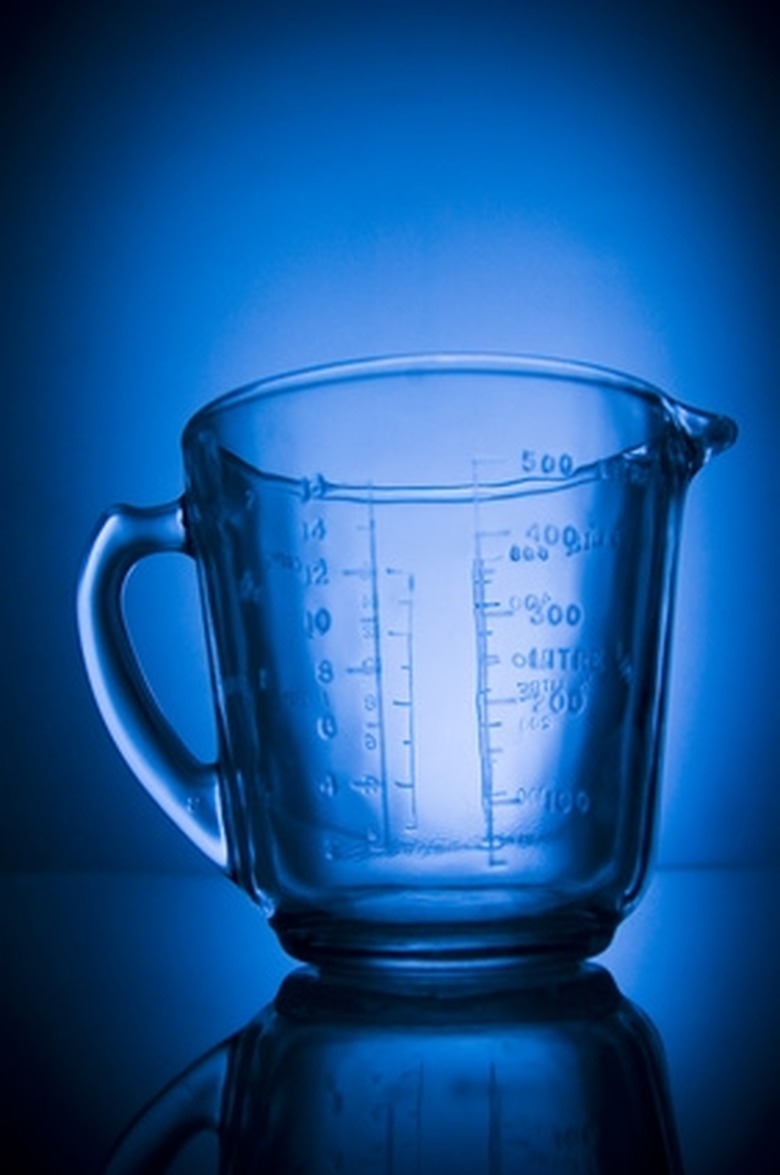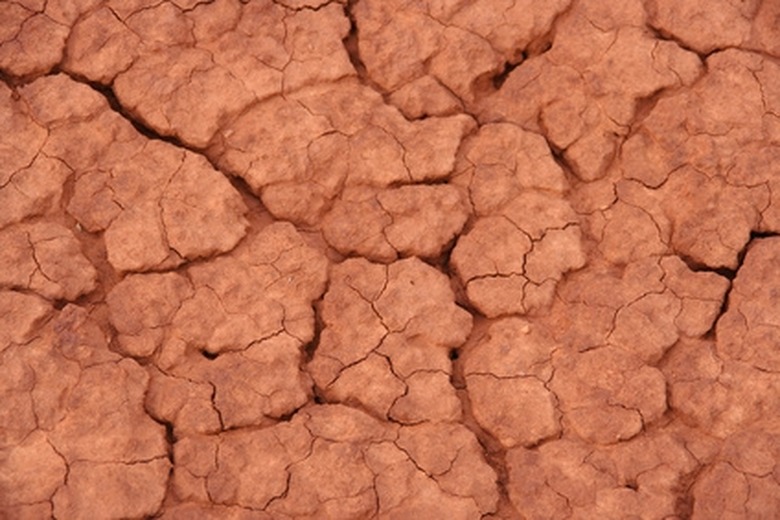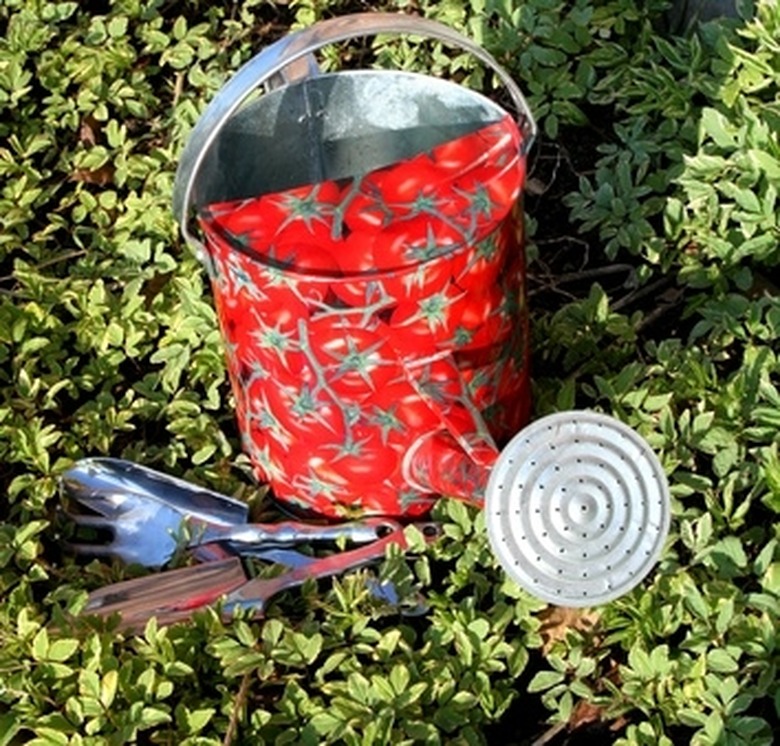How To Care For A Dish Garden
Step 1
Check the moisture level of the soil by digging down 1 inch or pressing down on the soil to feel moisture.
Step 2
Start watering the dish garden with 1 cup of water.
Step 3
Test the soil again before watering. Allow the soil to nearly dry out before watering again.
Step 4
Fertilize the dish garden only if the plants have been in the dish garden for a long time. Mix a fertilizer solution that is 1/4 strength and apply monthly.
Step 5
Place the dish garden in an environment that meets the light requirements. Rotate the dish garden so that all plants receive equal sunlight. A prime location for a dish garden regardless of the type of plants used is an east- or west-facing window with curtains creating filtered light.
Step 6
- Check the moisture level of the soil by digging down 1 inch or pressing down on the soil to feel moisture.
- Place the dish garden in an environment that meets the light requirements.
Step 7
Place dish garden on a tray with gravel and water to improve the humidity level. Misting the dish garden every day will create the same effect. Either process will need to be done in the winter to overcome the dry indoor air that is produced in many heated homes.





